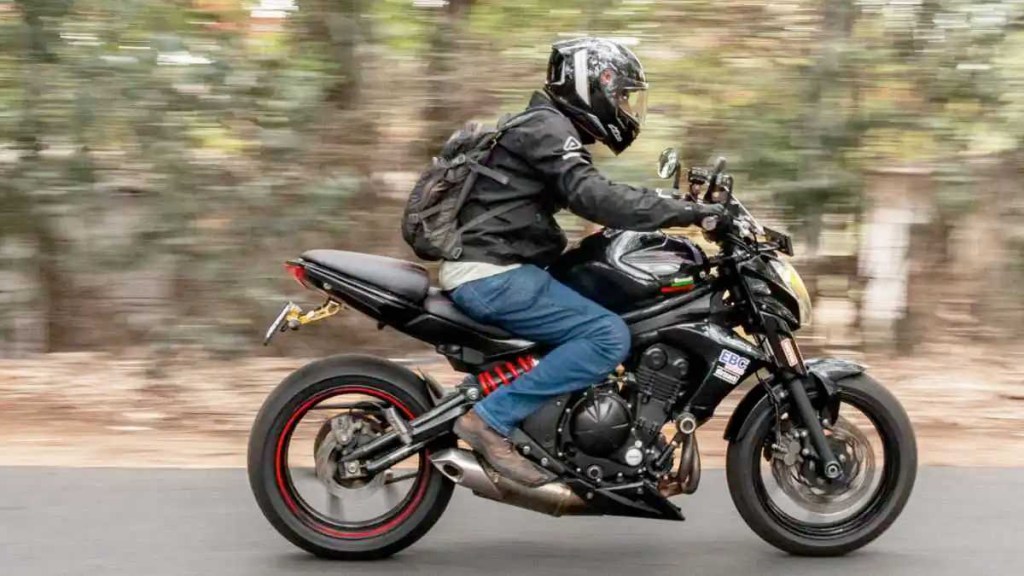For many, a motorcycle helmet is a helmet; nothing more to it. It is a rule to wear a helmet, and they do it to avoid fines. However, to keen riders with knowledge, they see more than just a helmet with wild graphics. The rear of the helmet has a lot to say, from the size to three crucial letters: ECE, DOT, FIM, or others.
While they see random to many, these letters will mean everything to a well-educated rider and in this post, we tend to share the knowledge. The letters denote the safety standards the helmets have been put through, and here they are explained.
Helmet safety standards explained
Helmets fall under a few safety standards globally, and below are some widely accepted standards when it comes to helmet safety.
ECE
ECE or Economic Commission for Europe is a standard followed by European countries and a few others globally, and the 22.05 rating was introduced in 2000. According to this test, a helmet is dropped from a height of three metres and the amount of Gs are calculated. They cannot be beyond 275g.
The ECE standards got more stringent since 2024 when the 22.06 rating was brought into effect, and the testing includes slow and high speed tests, while they also integrate oblique impact tests at 45 degrees to test the rotational forces. Also, as per the new standards, a helmet can be tested on any random 18 spots for safety checks. That’s no att, every bit of the helmet gets tested, from sun visors to face shields.
DOT
This is another common standards that apply to the US market. As per DOT, or Department of Transportation, helmets are tested for energy absorption, penetration resistance, and retention system strength. The drop tests are tested on a flat anvil and a hemispherical anvil from different heights, and energy cannot exceed 400 g.
The penetration test involves a ‘striker’ dropped on a stationary helmet from a height of 10 feet, and if it manages to pierce the shell, the helmet fails the test.
One major reason that most riders prefer ECE to DOT is that DOT tests are not done proactively, and there are several loopholes. DOT also allows manufacturers to self-certify the helmets, so basically any helmet can carry a DOT badge until tested. Also, DOT does not test the helmets themselves, and they are outsourced.
SNELL
SNELL was formed after race car driver Pete Snell died from a head injury and his friends and family established the Snell Memorial Foundation in 1957. To date, a SNELL certification is considered very prestigious because the organisation has stringent tests. SNELL not only uses flat and hemispheric anvils but also edge anvils, and keeps the energy levels to 275 g.
The tests don’t stop there, because chin bar rigidity, positional stability, shell and face shield penetration resistance, and emergency removability are all tested, while spoilers and winglets must break away on impact. SNELL will bring in more safety tests soon, and unlike DOT or ECE, SNELL certification is voluntary.
ISI
ISI, or Indian Standard Institute, is the safety system followed by India, and the rules require helmets to comply with minimum safety standards, and the testing is not as stringent as ECE, SNELL, or DOT. The rules are vaguely the same as the older ECE standards, and helmets sold in India must have an ISI approval, even though they pass ECE or even SNELL rating.
FIM
The FIM standards are the highest, and the FIM Racing Homologation Programme oversees all helmets worn by riders in FIM-sanctioned races, and they involve oblique anvil impact tests and revised threshold requirements. To put it simply, these helmets undergo the same testing as helmets worn by MotoGP riders. As of March 2024, 52 helmets made by 28 manufacturers have obtained FIM certification.
